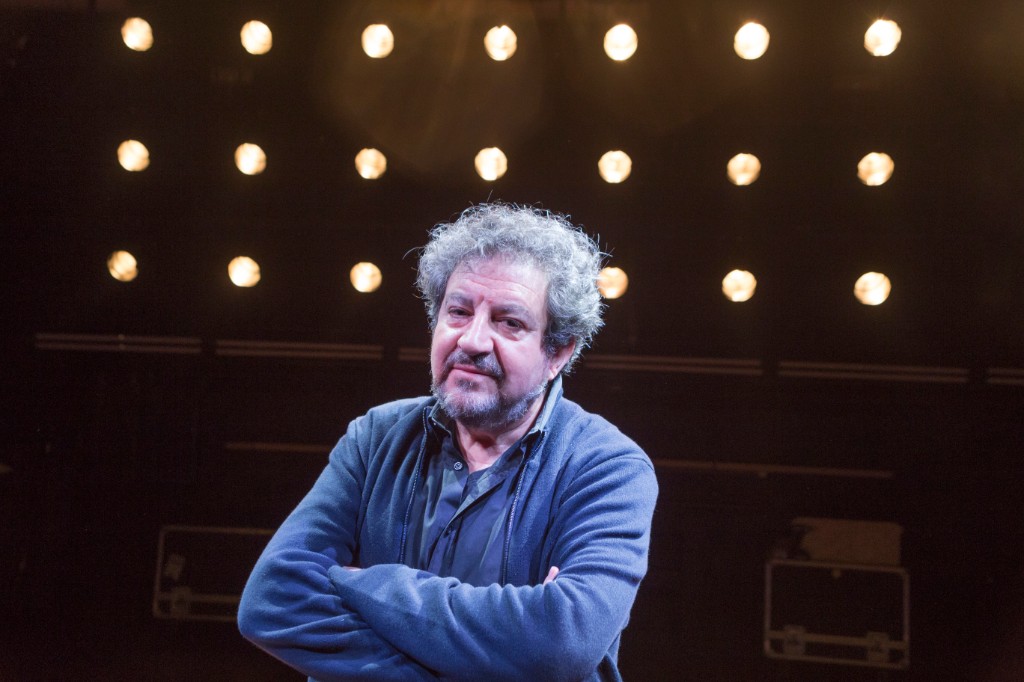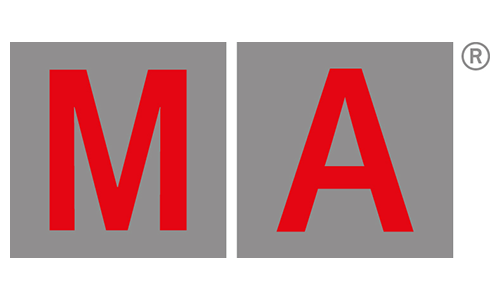Interview with Juan Gómez-Cornejo, president of the Association of Lighting Authors in Iluminet by Alfonso Tejedor.
Juan Gómez-Cornejo talks to Iluminet about his desire for the guild to be recognized as creators of art.
We met Juan Gómez-Cornejo backstage at the Teatro de la Zarzuela in Madrid, where he was preparing a new show. Unfortunately, the Covid-19 pandemic in Spain sent home all activity, artistic and otherwise, and his work had to be suspended.
Juan is the first artistic lighting designer in Spain to be awarded the National Theatre Award in 2011. He has a slow, gentle way of speaking, like an artisan who shapes, as he does with light, the sentences so that they express what he wants to say, while at the same time he focuses, without hesitation, the concept.
Alfonso Tejedor (AT): A common complaint of show lighting designers is that they are almost routinely forgotten, marginalized, supplanted by other professions.
Juan Gómez-Cornejo (JGC): Lighting is practically one of the last disciplines to be incorporated into the world of performance, although we could now consider that the last one is video/CGI, which has also been incorporated, as a dramatic language, into the world of performance.
The lighting design is very recent. I consider myself one of the oldest, but there were already people before me, in the seventies and eighties, who opened the way for the rest of us, like Josep Sorbes, Jose Miguel López Sáez, Francisco Fontanals, etc.
Previously the formula was that a stage director would tell the theatre electrician what he had in mind, the electrician would put some lights, the director would like it or not, they would add some filters, they would remove and add, etc. There was no lighting design firm. There was a costume and set design firm, but no lighting design firm.
AT: One of the great demands of lighting design is that it should be established as an official official official education in Spain.
JGC: Indeed, there is still no place where you can study lighting design in Spain, apart from a few private monographic courses on the subject. At the moment, lighting is no more than a complementary subject to acting, scenography or stage direction. If someone wants to study lighting they have to go to England or the United States, which is not easy because not everyone can afford it.
AT: What percentage of professionals in the sector does the Association of Lighting Authors bring together?
JGC: I would dare to say that more than eighty percent of the professionals who work in this field are associated. It is our intention that everyone who is dedicated to lighting should belong to the association because I believe that what unites us is a passion for light.
Juan Gómez-Cornejo himself explains that the Association of Authors of Illumination (AAI) brings together illuminators of the live show, but when he wanted to register the domain was already occupied. “They suggested we register the acronym Asociación De Autores De Iluminación, it was the closest we could get to the name of our association, hence the domain(www.adadi.org).”
On the other hand, there is the Professional Association of Lighting Designers(APDI) which brings together specialists in architectural lighting. “APDI and the AAI have the same objectives, to communicate through The Light but there is a part that is dedicated to the show and things that are developed live and live, and another that is dedicated to architecture, public lighting, commercial, etc.”.
Juan is a man who seems to sum up in his presence everything one imagines as a bohemian: tousled hair, wise beard, deep gaze, the kind of man who has seen many days and also many nights.
AT: It seems clear that by the very nature of your work you are avid consumers of novelties and innovative technologies?
JGC: Yes, but with the advent of LED it has become a vast universe that is constantly expanding and now the fine tuning with the tool is becoming more laborious. The entertainment world is still adapting to this new reality, because it is many years of incandescent lamps and gelatins to change the color of a light bulb. But it is an unstoppable reality to which we have no choice but to get used to.
It is precisely because of all this constant avalanche of technological novelties (every year you can find fifty different models) that the role of the association is so important.
AT: What would be the main demand of the AAI?
JGC: That La Luz be recognized as a means of artistic expression in all its senses. That it is recognized as another means of emotional expression.
To give an example of our colleagues of the APDI, it is undoubtedly that feeling good or bad in a public square at night depends largely on the lighting it has, and the degree of comfort that we have achieved with it, and they are quite right. In our case we think that light allows what happens on stage to reach the audience in a clear, sharp, beautiful and poetic way. I think that light can also be an emotional vehicle.
So the main battle horse is the recognition of a profession that is dedicated to cultivating a language that we already consider art.
AT: But recognition how?
JGC: Recognition as artists. That the light of a building, of a play, has an author, a language, and our tool to create that artistic work is light.
For example, in England, the lighting designers of a play are paid their royalties every month as authors. If a play is on the bill for three years, you collect royalties every year. In Spain this is science fiction, for the moment. Another of the battle points is that this authorship can be registered. In the same way that you can register a book, or a painting, why can’t you register a light design?
Although in general we are already recognized as “artists” and if they pay us to do the work is because they perceive that we bring an added value that can not bring anyone, it would be desirable that the work we create with our knowledge and our work could be registered.
Finally, the exchange of knowledge between professionals. The AAI has to be an agora to meet with artists who come, explain their work and exchange with us, altruistically, their experiences. These activities bring us an enormous wealth.
AT: How many members are there in the AAI?
JGC: In total we are 249 members in different categories. And from the website, anyone interested can join the association. There are different fees, for designers, for technicians, for teachers… students can join the association by paying a symbolic fee.
We communicate with partners through the newsletter and social media (Instagram, Twitter, Facebook). Another initiative we have had is that we record the meetings we do and then post them on the website so that everyone can watch them at their convenience. This allows even people from our sister countries in Latin America to follow the meetings, and we receive many congratulations from places we would never have imagined.
AT: Do you have relations with associations of illuminators in other countries?
JGC: Yes, we are twinned with the one in the UK, we are in talks with Italy, we have already had some contact with the French one and we try to maintain a channel of communication with all of them, we attend the sector’s fairs, etc.
Juan Gómez-Cornejo is a person who needs ten seconds to make you feel as if you have known him all your life and you can easily imagine yourself having a few wines talking about the divine and the human, the light and the dark. What more could you ask for? Well, the conversation we had over coffee in a traditional bar in the heart of Madrid.






